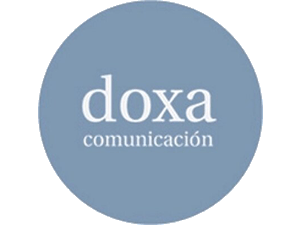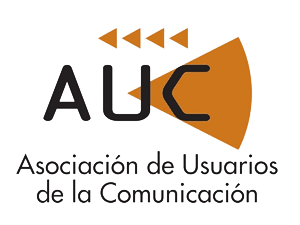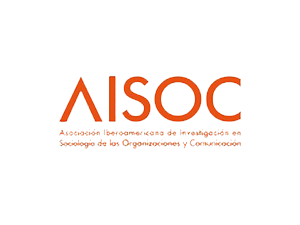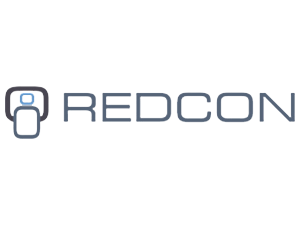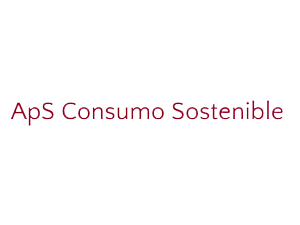Resumen
Desde hace ya varias décadas el medio audiovisual tiene un papel fundamental en la sociedad, estando presente en nuestra cotidianidad y afectando la manera de comportarnos, casi de forma inconsciente, en algunas ocasiones. Los temas que se abordan en las ficciones, en películas y series, por ejemplo, son relevantes en tanto en cuanto ocupan un espacio en nuestro imaginario y forman parte de nuestra vida, interactuando con la realidad. Así, estos documentos parten de la vida cotidiana para filmarse y al mismo tiempo la modifican una vez que se han estrenado.
Para la presente ponencia nos centraremos en un rasgo concreto relacionado con la vulnerabilidad que se ha representado en el cine desde sus inicios y todavía hoy sigue apareciendo en documentales y en el medio digital. Se trata de la representación de las personas con discapacidad en las artes audiovisuales que, dependiendo del documento o de la corriente cinematográfica a la que se atienda, se muestra de una forma o de otra, reflejando siempre una faceta vulnerable respecto al funcionamiento de la sociedad.
El principal objetivo es (1) hacer un análisis de la representación de la discapacidad en el cine, desmigajando las perspectivas estéticas y morales desde las que se muestra. Dicho objetivo general se complementa con otros específicos, como (2) analizar la manera en la que afecta dicha representación a la concepción de la discapacidad en los espectadores y así (3) contemplar si dicha representación tiene una repercusión sustancial en la cotidianidad.
La metodología que se utilizará será la de revisar cada documento fílmico (se seleccionarán algunas de las películas más relevantes en las que el tema principal sea la discapacidad y la vulnerabilidad) para así poder vislumbrar similitudes y diferencias en cuanto al tema tratado en cada una de ellas. Todo ello estará fundamentado en base a bibliografía que ponga en diálogo los ámbitos de la estética y la moral con aquellos relacionados con la comunicación audiovisual. Libros como La belleza imperfecta: discapacitados en la vigilia del arte moderno (Carlos Reyero, 2005) o documentales como El código de los diferentes (Code of the freaks, Salome Chasnoff, 2020) serán fundamentales en este sentido.
En base a ello se llegará a una serie de resultados que vislumbrarán que existen distintas formas de representar la discapacidad en el cine y el audiovisual. Veremos que, por un lado, hay documentos con tendencias más realistas, al ser los propios protagonistas personas con discapacidad y otros que están basados en ciertos clichés, que se repiten continuamente en la narrativa y pasan a formar parte del pensamiento en general.
Las conclusiones reflejarán que, pese a las diferencias en cuanto al tratamiento de esta cuestión en el medio digital, todas las tendencias comparten la muestra de una vulnerabilidad implícita en estos personajes, que se revindica como un problema que hay que tratar desde varios ámbitos, entre los que destacan el moral y el legal.
Palabras Clave / Artes audiovisuales / Cine / Discapacidad / Estética / Moral / Vulnerabilidad
Abstract
For several decades now, the audiovisual medium has played a fundamental role in society, being present in our daily lives and affecting the way we behave, almost unconsciously, on some occasions. The topics that are addressed in fiction, in movies and series, for instance, are relevant since they have a space in our imagination and are part of our lives, interacting with reality. Thus, these documents are based on the everyday life to be filmed and, at the same time, modify it once they have been released.
In this paper, we will focus on a specific trait related to vulnerability that has been represented in the cinema since its inception and still continues to appear in documentaries and in the digital medium today. It is about the representation of people with disabilities in the audiovisual arts that, depending on the document or the cinematographic current that is attended, is shown in one way or another, always reflecting a vulnerable facet about the operation of society.
The main objective is (1) to analyse the representation of disability in cinema, breaking down the aesthetic and moral perspectives from which it is shown. This general objective is complemented by other specific ones, such as (2) analysing the way in which the aforementioned representation affects the conception of disability in the audience and therefore (3) contemplating whether that representation has a substantial impact on daily life.
The methodology that will be used will be to review each film document (some of the most relevant films in which the main theme is disability and vulnerability will be selected) in order to glimpse similarities and differences in terms of the theme dealt with in each of them. All this will be based on a bibliography that puts the fields of aesthetics and morality in dialogue with those related to audiovisual communication. Books like La Belleza imperfecta: discapacitados en la vigilia del arte moderno (Carlos Reyero, 2005) or documentaries like Code of the freaks (Salome Chasnoff, 2020) will be essential in this sense.
Based on this, we will reach a series of results that will glimpse that there are different ways of representing disability in cinema and audiovisual. We will see that, on the one hand, there are documents with more realistic tendencies, as the protagonists themselves are people with disabilities, and others that are based on some clichés, which are continually repeated in the narrative and become part of thinking in general.
The conclusions will reflect that, despite the differences in how this issue has been tackled in the digital medium, all the trends share the evidence of an implicit vulnerability in these characters, which is claimed as a problem that must be addressed from various fields, such as the moral and legal ones.
Keywords / Aesthetics / Audiovisual arts / Cinema / Disability / Moral / Vulnerability
FIRMANTES
| Nombre | Adscripción | Procedencia |
|---|---|---|
| Marcos Jiménez González | Universidad de Salamanca (USAL) / Instituto de Filosofía del Consejo Superior de Investigaciones Científicas (CSIC) | Madrid |







